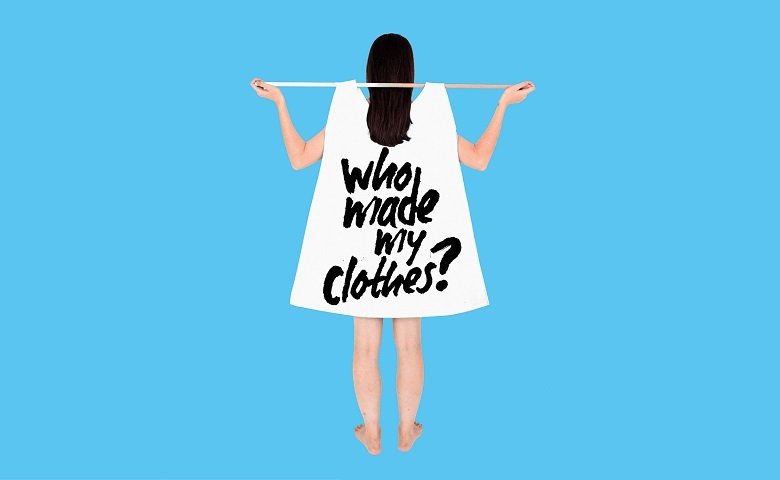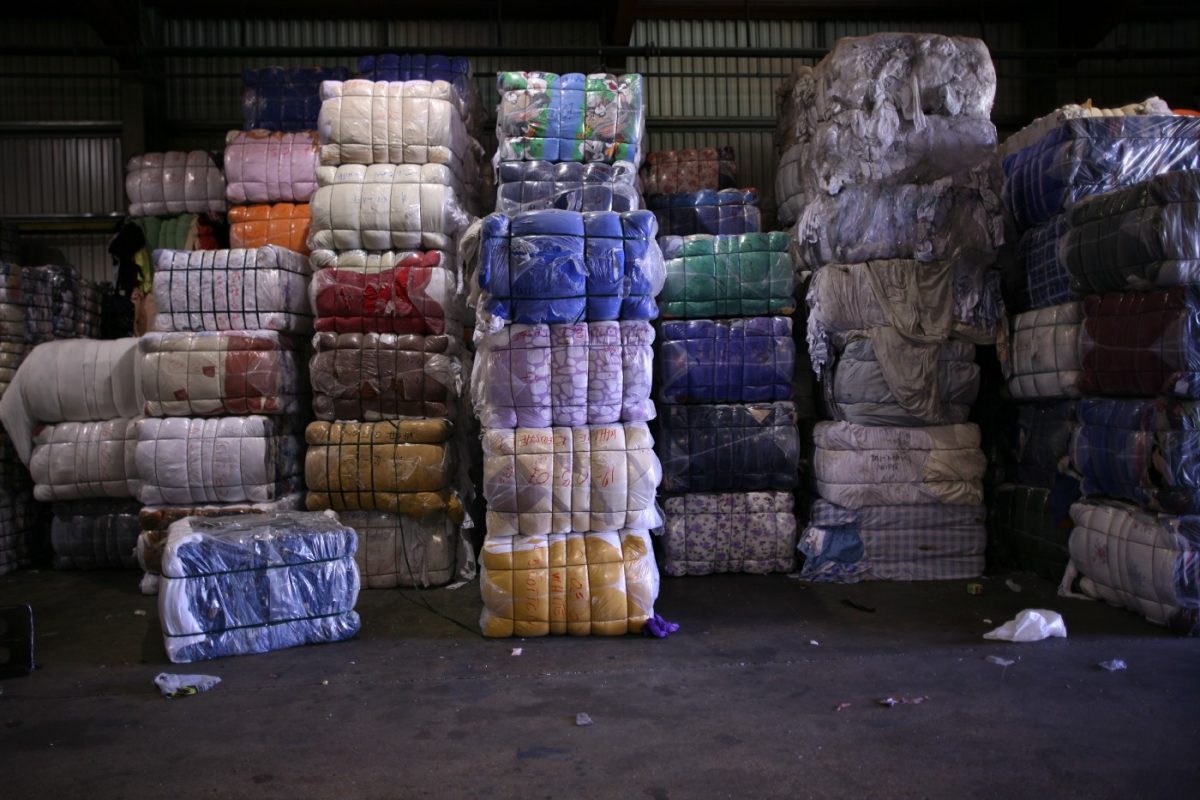Part 3 of The State of Fashion 2022 breakdown dives into social commerce and circular textiles. What will online shopping look like with social commerce on the rapid rise? What steps is the fashion industry is taking to combat climate change?

This year, social commerce is striding to provide us with a seamless shopping experience. One that involves fewer steps to checkout, and more time on our favourite social media platforms. An exciting venture that gives consumers new, and numerous ways to shop. Where there was once e-commerce vs brick-n-mortar, social media giants are handing us much to choose from as platforms work to implement shopping features on their sites.
Circular textiles will be at the forefront of global fashion industry initiatives as they work to implement closed-loop systems at scale. The closed-loop approach is a positive and impactful step in reducing fashion’s effect on the environment but doesn’t come without its challenges. Brands will need to take responsibility for their own actions to ensure the greatest chance at combating climate change within the industry.
Big Steps in Social Commerce
Social commerce found its feet pre-covid, but its popularity was quickly catalysed as a result of the pandemic. With customers unable to shop in-store, they had no choice but to source what they needed online. In particular, on social media platforms.

In 2020, major social media platforms Facebook, Instagram, YouTube, and Snap Inc began making significant investments in embedding shopping features on their platforms. A process that will soon eventuate into the platforms implanting the entire shopping journey, from discovery to checkout. For consumers, product discovery and engagement with brands on social media isn’t unfamiliar because of strategies like influencer marketing. With global social commerce sales expected to reach $600 billion by 2027, social media platforms are saving no time in implementing and introducing the entire marketing funnel.
Opportunities
An insight into the success that social commerce can bring is Walmart’s first shoppable live stream event. The department store hosted the event with Tik Tok and gained 7x more views than originally anticipated.
. @Walmart hosting its second big live-streaming event on @tiktok_us focusing on beauty products tonight in the first 10 mins users peaked at 15K
Here are some screen grabs ? pic.twitter.com/E1QwCCSD0g— Paul do Forno ? ?????? (@dofornop) March 12, 2021
Growing its Tik Tok followers by 25% according to Walmart US Chief Marketing Officer, William White. A significant gain for Walmart when almost half of Tik Tok users state that have purchased a product after seeing it promoted, advertised, or reviewed on the platform.
Social commerce is an extremely valuable opportunity for fashion brands. A big nod to brands that consumers are willing to buy on these channels is its success in the US. As it stands, fashion is the continents largest single category sold on social media. A trend that is only expected to gain popularity moving forward. The number of consumers expected to make a purchase on a social channel in 2022 is 50% more than in 2019. The focus proceeding will be on the lower end of the marketing funnel at the checkout. In-app and paying for products within the social media ecosystem will be the focus and reducing the number of clicks to covert.
The Closed-Loop System Solution

Worldwide, approximately 40 million tons of textile waste is produced each year as a result of the fashion industry. An impact that needs to be addressed immediately with a holistic approach, and individual brand responsibility. A key focus for the fashion industry moving forward will be closed-loop recycling. A system that aids in limiting the extractive production of virgin raw materials and decreasing textile waste recycling materials over and over. In constant circulation. Whilst this presents as the best opportunity for the fashion industry to reduce its environmental impact, it doesn’t come without its challenges.
Small areas of the global fashion industry are starting to make the shift towards a closed-loop recycling process seriously. Partially due to regulatory efforts supporting a circular economy. Nonetheless, these small groups are working to address industry issues and take responsibility for their own actions. All brands need to follow in the footsteps of closed-loop systems to ensure that they are available at scale.
Challenges

Which as a result of long-distance transport, has significant carbon emissions.
“We’re taking clothes from [Asia] and bringing it all back to Sweden” said Lundstorm of Renewcell. “ in the long-term, we probably want to have a plant also in Asia, and maybe one in the Americas” he continues.
Source: Gossip 24/7
Some companies are getting reactive by establishing digital material management solutions. Sorting for Circulatory, created by Fashion for Good in 2021, is preparing to launch a digital platform that matches textile waste from sorters to suitable recyclers. Brands including Adidas, Bestseller and Zalando are helping to facilitate the development. Alongside this change action, brands are looking to solve the sorting complication by integrating a product passport. A means of encoding information about materials into products to increase transparency and ease operational processes.
There is much positivity surrounding closed-loop technologies and their development to an industrial scale in 2022. This, however, does not take away from fashion leaders needing to take a holistic approach in integrating closed-loop solutions. Brands cannot neglect the need to act in other areas of business if the industry is to considerably reduce its environmental damage. Closed-loop systems are a wonderful solution but are not the fashion industries silver bullet to climate change.
Subscribe to FIB’s Weekly Breaking News Report for your weekly dose of music, fashion and pop culture news!






